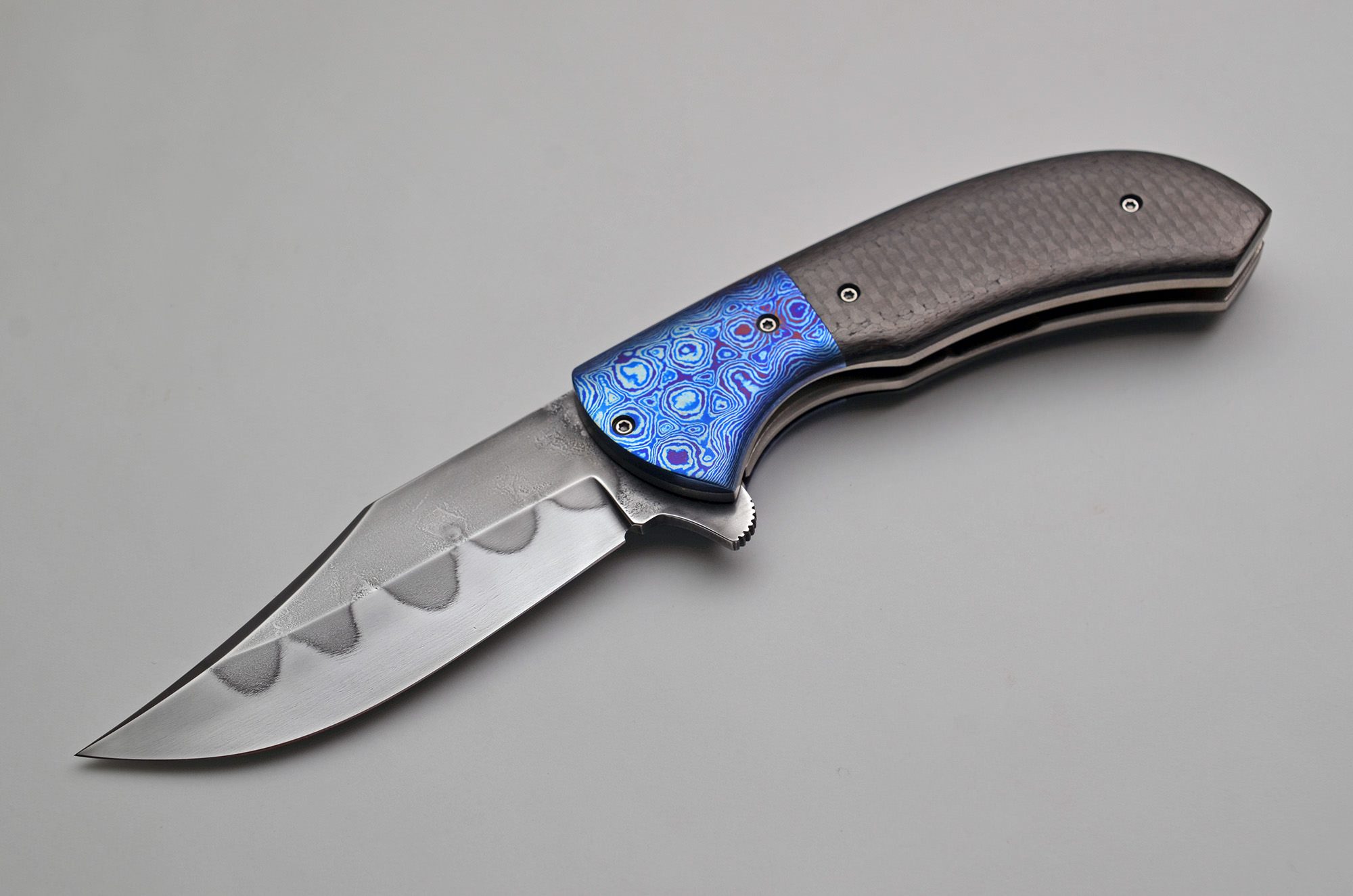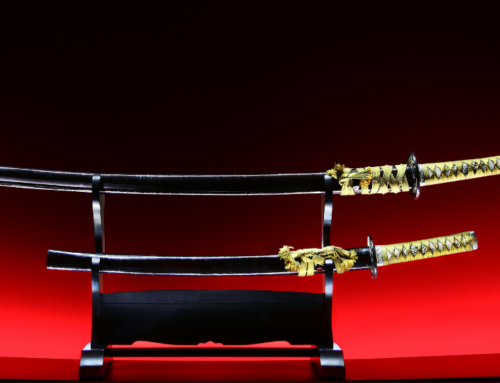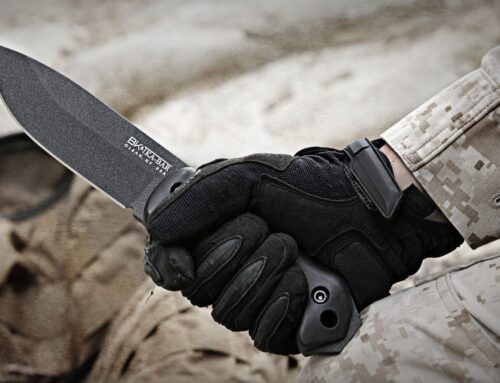Knife ownership involves more than just buying a bunch of collectible knives and putting them on display. Your must care for your blades, and that often requires following some maintenance guidelines.
General Care Guidelines
You should keep your blades dry and free of moisture. Use a soft cloth to wipe them down. Waxing your blade, or applying a light layer of oil can offer it a significant level of protection.
Treat stains with metal polish or a metal cleaner. You can handle rust with sandpaper or the tip of another knife. A word of caution—before any cleaning, though: consult a professional to determine if you might ruin the value of the knife through cleaning.
Keep the blade sharp, but only if necessary. Each sharpening will cost you some steel, and a portion of your knife’s value. If you must sharpen, try to find a professional instead of attempting to DIY.
Never use a power-driven grinding wheel on a folding knife (as it could cause damage). Folding knives will also require you to clean their locking mechanisms. Keep them free of debris
Storing Your Knives
You might already be aware of the different methods you can use for storing/displaying your blades. What you might not know are some of the factors you should keep in mind when maintaining that storage space. Make sure to monitor the following:
Temperature. Extreme temperatures and drastic temperature changes can damage both the blade and handle of a knife. Hairline fractures are often formed by improper temperature regulation.
Light. Some decorative blades have materials that can discolor under exposure to UV light.
Humidity. Overly humid environments present risks such corrosion. You should take care not to store your blade in its sheath as it can accumulate moisture. A dearth of humidity, however, will cause leather or wood incorporated into the knife to dry, which is equally damaging.
If You Use Your Knife Regularly
Be careful. Your knife is a sharp tool, and you should handle it with care. Don’t substitute it for your hammer, chisel, or other instruments with a specific use. When cutting, face the blade away from your body to prevent injuries.
Carry your knife in its designated sheath or scabbard. If you have a pocket knife, don’t put it in the same pocket as your coins or keys. They can scratch the handle or damage the folding mechanism.
Treat Your Knives With Respect
That’s the best way to keep them in great shape. Remember to use them correctly, handle with care, and store them in the right location at all times.
September 5, 2016





